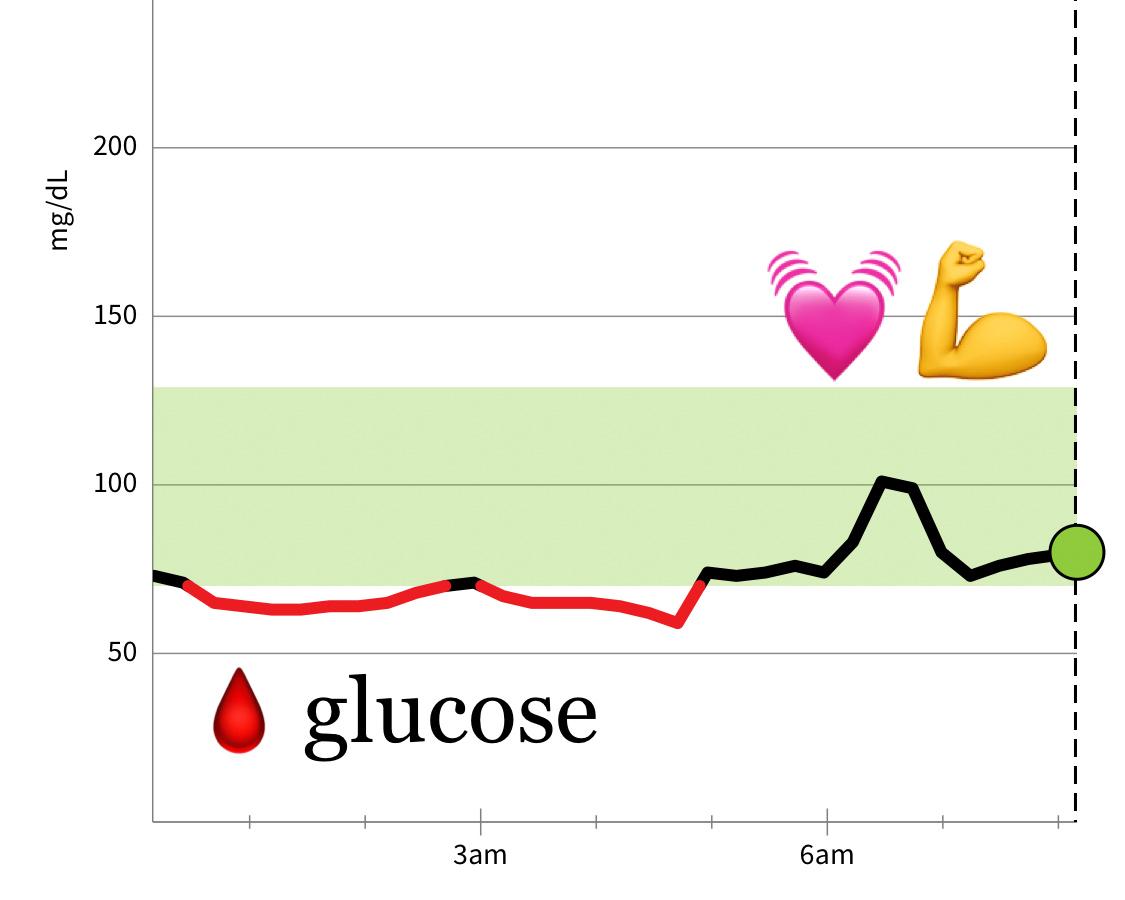Can stress affect fasting blood sugar levels?
“`html
Understanding Fasting Blood Sugar Levels: A Comprehensive Guide
Fasting blood sugar levels are a critical aspect of overall health, particularly for individuals managing diabetes or those concerned about their metabolic health. Whether you’re looking to improve your health, understand more about diabetes, or simply want to ensure your blood sugar levels remain stable, this guide will provide you with essential information, practical tips, and a deeper understanding of fasting blood sugar levels.
What Are Fasting Blood Sugar Levels?
Fasting blood sugar (FBS) levels refer to the glucose concentration in your blood after not eating or drinking anything (except water) for at least 8 hours. This measurement is crucial for diagnosing and monitoring diabetes and assessing your risk for developing the condition.
Why Are Fasting Blood Sugar Levels Important?
Monitoring fasting blood sugar levels is important for several reasons:
- Diagnosis of Diabetes: Elevated fasting blood sugar levels can indicate prediabetes or diabetes.
- Risk Assessment: Understanding your fasting levels can help assess your risk of developing complications associated with diabetes.
- Management of Existing Conditions: For those already diagnosed with diabetes, regular monitoring helps manage their conditions effectively.
Fasting Blood Sugar Level Ranges
Fasting blood sugar levels are categorized into different ranges. Here’s a simple table outlining these ranges:
| Fasting Blood Sugar Level | Status |
|---|---|
| Less than 100 mg/dL | Normal |
| 100-125 mg/dL | Prediabetes |
| 126 mg/dL or higher | Diabetes |
How to Measure Fasting Blood Sugar Levels
Measuring your fasting blood sugar levels can be done using several methods:
- Home Glucose Meters: A convenient way to check your levels at home by pricking your finger for a small blood sample.
- Laboratory Tests: A more accurate measurement can be obtained from a lab, often as part of a routine check-up.
- Continuous Glucose Monitors: These devices provide real-time readings of your blood sugar levels throughout the day and night.
Factors Affecting Fasting Blood Sugar Levels
Several factors can influence your fasting blood sugar levels:
- Diet: Foods high in carbohydrates and sugars can lead to elevated levels, even when fasting.
- Physical Activity: Regular exercise can help lower fasting blood sugar levels.
- Stress: Physical and emotional stress can cause a temporary spike in blood sugar levels.
- Medications: Some medications can affect blood sugar levels, making it essential to consult with a healthcare provider.
Benefits of Maintaining Healthy Fasting Blood Sugar Levels
Keeping your fasting blood sugar levels within a healthy range has numerous benefits:
- Reduces the risk of developing type 2 diabetes.
- Improves overall energy levels and metabolism.
- Decreases the risk of complications related to diabetes, such as neuropathy and cardiovascular issues.
- Enhances mental clarity and cognitive function.
Practical Tips for Maintaining Healthy Fasting Blood Sugar Levels
Here are some actionable tips to help you keep your fasting blood sugar levels in check:
- Balanced Diet: Incorporate plenty of vegetables, whole grains, lean proteins, and healthy fats into your meals.
- Regular Exercise: Aim for at least 150 minutes of moderate-intensity aerobic activity each week.
- Monitor Your Levels: Regularly check your fasting blood sugar levels to track your progress.
- Stay Hydrated: Drinking enough water can help your body maintain healthy blood sugar levels.
- Get Adequate Sleep: Aim for 7-9 hours of quality sleep each night, as poor sleep can negatively impact blood sugar control.
Case Studies and Personal Experiences
Many individuals have seen significant improvements in their health by managing their fasting blood sugar levels effectively. Here are a couple of brief case studies:
Case Study 1: Sarah’s Journey to Better Health
Sarah, a 45-year-old woman, was diagnosed with prediabetes after her fasting blood sugar levels consistently hovered around 110 mg/dL. By adopting a balanced diet and incorporating regular exercise, she managed to lower her levels to a normal range of 95 mg/dL within six months.
Case Study 2: John’s Transformation
John, a 60-year-old man, struggled with high blood sugar levels for several years. After working closely with a nutritionist and reducing his intake of processed foods, he successfully reversed his diabetes diagnosis, bringing his fasting blood sugar down from 140 mg/dL to 85 mg/dL.
Conclusion
Understanding fasting blood sugar levels is essential for anyone looking to maintain optimal health, particularly for those with diabetes or at risk of developing it. By monitoring your fasting blood sugar levels and incorporating healthy lifestyle choices, you can significantly reduce your risks and improve your overall well-being. With the right knowledge and strategies, you can take control of your health and enjoy a better quality of life.
“`
